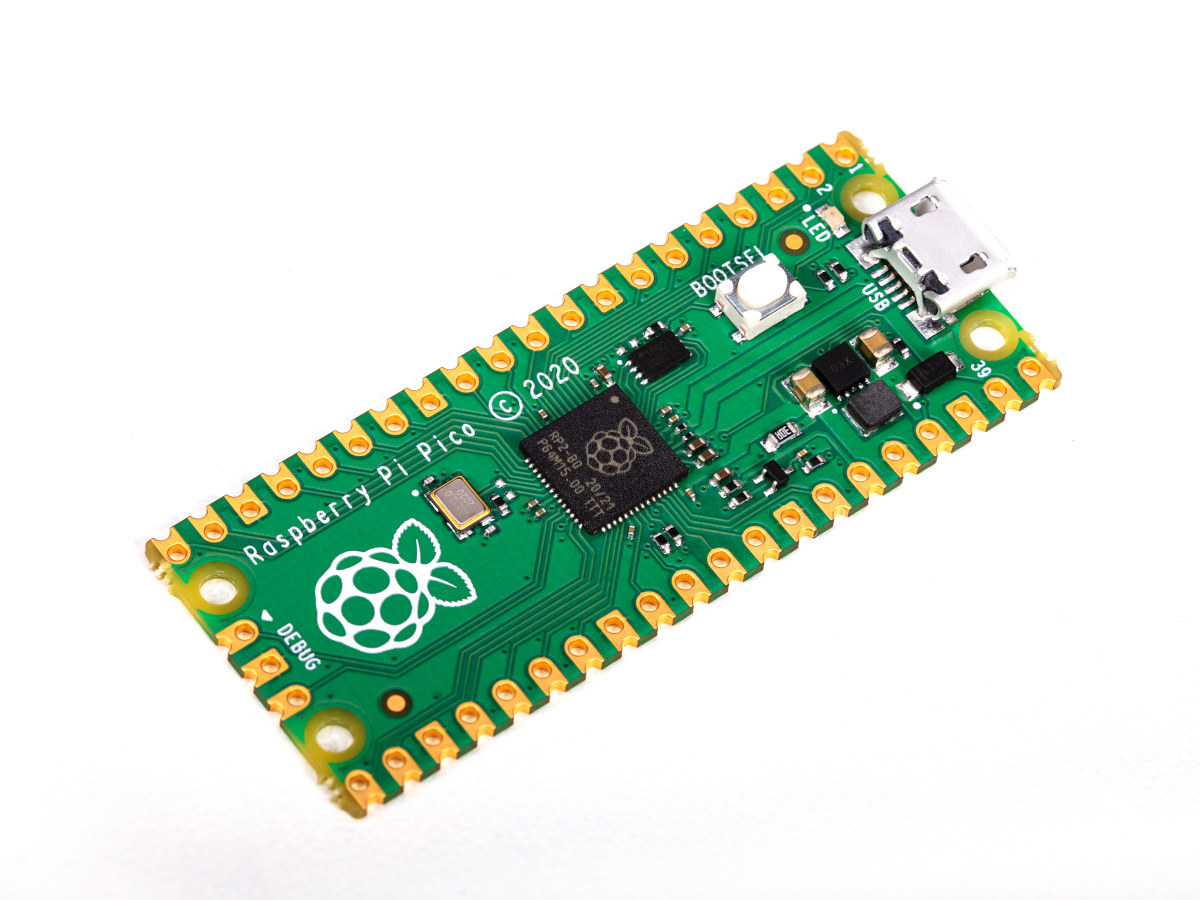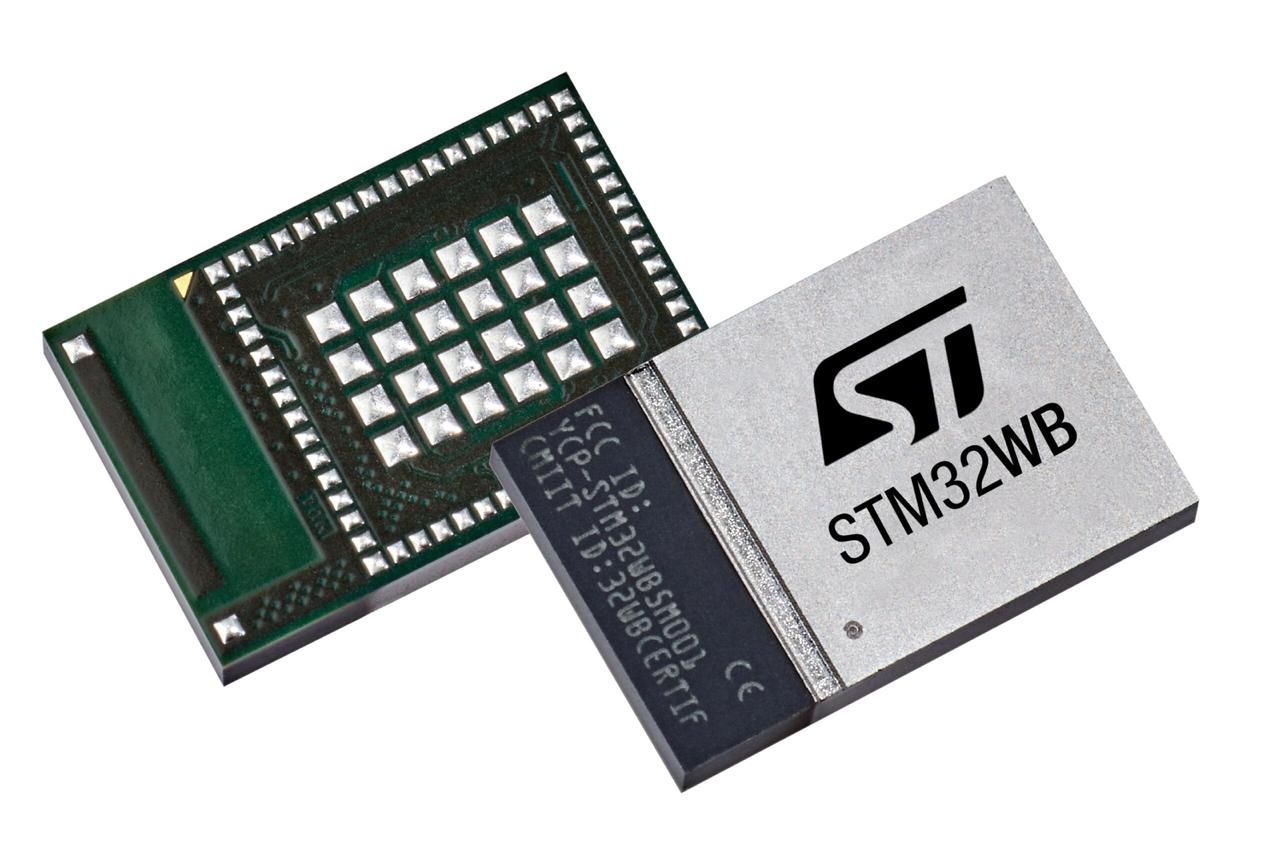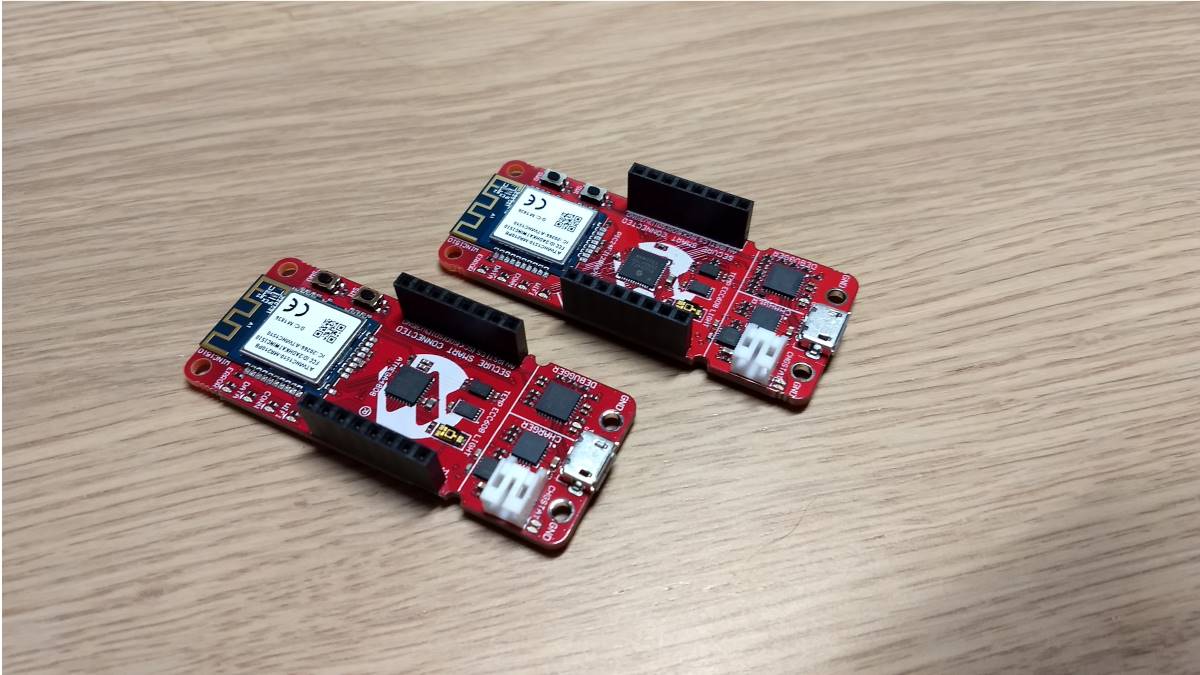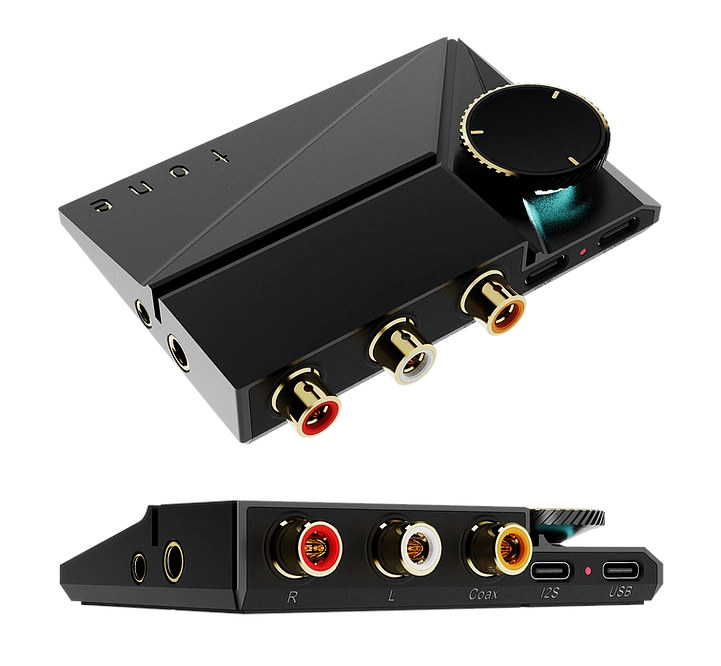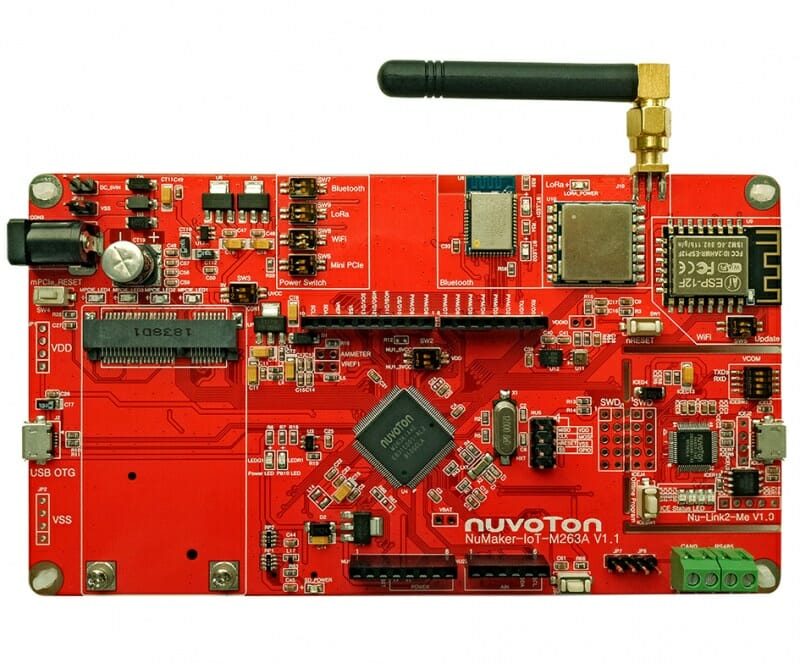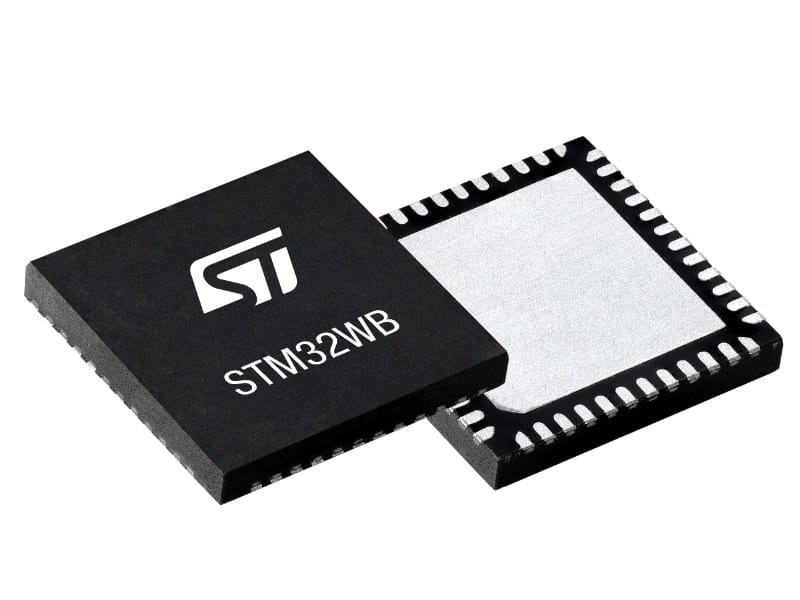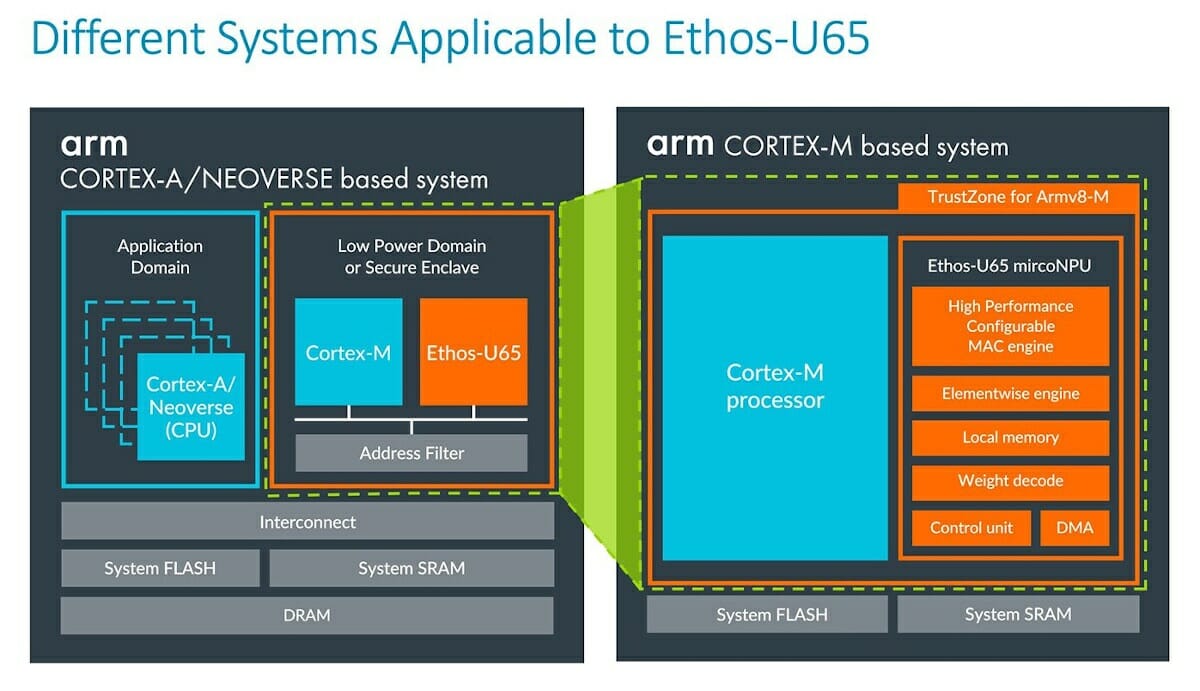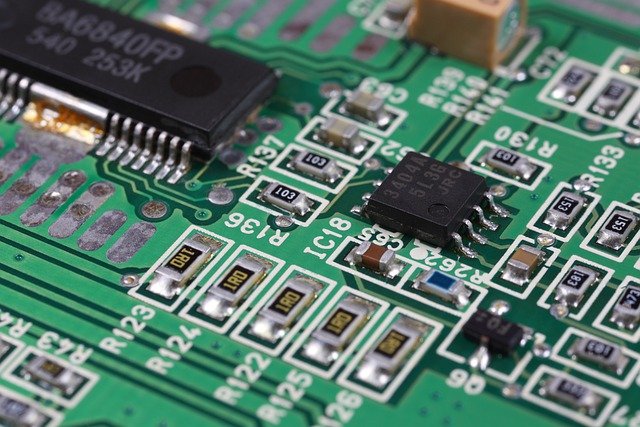The Raspberry Pi Foundation introduced the Linux-capable Raspberry Pi board in 2012 to teach programming and computers. Since then, the company has introduced models with faster processors, more memory, faster interfaces, culminating with the launch of Raspberry Pi 4 in 2019. The board also comes with a 40-pin header to teach electronics, but relying on a Linux SBC to blink a LED, gather data from sensors, or controlling servos is a bit over the top. So the Raspberry Pi Foundation decided to create their own MCU board called Raspberry Pi Pico powered by RP2040 dual-core Cortex-M0+ microcontroller designed in-house by the foundation. Raspberry Pi RP2040 microcontroller Before we look at the board, let’s check out RP2040 specifications highlights: Core – Dual Cortex M0+ cores up to 133 MHz (48MHz default) Memory – 264 kB of embedded SRAM in 6 banks Peripherals 30 multifunction GPIO 6 dedicated IO for SPI Flash […]
STM32WB5MMG Wireless Module simplifies Bluetooth LE, Zigbee, OpenThread connectivity
The STM32WB5MMG (STM32) is a wireless microcontroller module by STMicroelectronics. It is a compact ultra-low-power module that allows customers to design 2-layer PCBs and integrates everything up to the antenna, including an IPD (integrated passive device) for reliable antenna matching in order to reduce the overall costs. The STM32 wireless module is compatible with BLE (Bluetooth Low Energy) 5.0, OpenThread, Zigbee 3.0, dynamic and static concurrent modes, and 802.15.4 proprietary protocols. It also supports simultaneous dual-protocol mode that allows IEEE 802.15.4 radio-based protocols like Zigbee 3.0 and OpenThread for direct connection with any BLE device. Overview of STM32 Wireless Module The STM32 wireless module is a SiP-LGA86 package (System in Package Land Grid Array) with various external components including: STMicro STM32WB55 Cortex-M4/M0+ wireless MCU LSE crystal HSE crystal Passive components for SMPS Antenna matching and antenna IPD for RF matching and harmonics rejection Key Features of STM32 Wireless Module Dedicated […]
IoT development board comes with AVR or PIC MCU, WiFi module
Microchip AVR-IoT and PIC-IoT development boards have AVR and PIC MCUs respectively, which enables a simple interface between embedded applications and the cloud. The IoT development boards can securely transfer data to Amazon Web Services (AWS) IoT platform with a WiFi connection. The IoT development boards also include an onboard debugger which can be used to program and debug the MCUs without any need for external hardware. The IoT development boards also have an integrated lithium battery charger, which makes it a rechargeable device and allows easier deployment for a “ready-to-go solution.” The AVR-IoT WA development board integrates the ATECC608A CryptoAuthentication chip for security protocols and the ATWINC1510 Wi-Fi network controller for connectivity. The development board combines the ATmega4808 MCU 8-bit AVR MCU running at up to 20 MHz and offers a wide range of flash sizes up to 48 KB. The unit uses a “flexible and low-power architecture, including […]
Khadas Tone 2 Pro mini desktop Hi-Fi system supports MQA decoding, balanced RCA outputs
Khadas Tone high-resolution audio board was introduced in 2018 for audiophiles wanting to design their own DIY HiFi system using Khadas VIM/VIM2 SBC, or connect it the USB version of the board to other single board computers. The company is now about to launch Khadas Tone 2 Pro mini desktop Hi-Fi system based on the same ESS ES9038Q2M DAC, but a faster XMOS XU216 capable of handling MQA decoding, and equipped with balanced RCA outputs, as well as an I2S USB-C port. Khadas Tone 2 Pro key features and specifications: Multicore MCU – XMOS XU216 with 16 real-time logical cores on 2x xCORE tiles; up to 1000 MIPS DAC – ES9038Q2M 32-bit stereo mobile audio DAC Amplifiers – 4x OPA1612 operational amplifiers, 3x buffer amplifiers Seamless hardware MQA decoding Native DSD512 decoding, PCM decoding up to 32Bit/384kHz. Left and right balanced RCA jacks for transmitting a balanced analog signal via […]
NuMaker-IoT-M263A board is the Swiss army knife of IoT development
If you’d like an MCU board to experiment with various wireless (and wired) protocols used for Internet of Things applications, the Nuvoton NuMaker-IoT-M263A development board may be worth a look. Powered by a NuMicro M263KIAAE Arm Cortex-M23 CPU microcontroller, the board offers WiFi, Bluetooth, and LoRa connectivity, plus an mPCIe socket for 3G, 4G, or NB-IoT cellular connectivity. It also comes with various sensors, as well as CAN and RS485 transceivers for industrial control applications. NuMaker-IoT-M263A key features and specifications: MCU – Novoton NuMicro M263KIAAE Arm Cortex-M23 microcontroller @ 64 MHz with 96KB SRAM, 512 KB dual-bank flash for OTA upgrade, 4 KB LDROM; LQFP128 package Storage – MicroSD card connector On-board wireless modules ESP12-F (ESP8266) 802.11b/g/n module MDBT42Q-PAT Bluetooth 4.2/5.0 LE module APC1278 (for 408 / 433 / 470 MHz) LoRa module plus antenna Serial – CAN and RS485 transceiver USB – 1x Micro USB OTG connector (to M263 […]
STMicro launches cheaper STM32WB30 and STM32WB35 Bluetooth LE & Zigbee MCUs
STMicro introduced the first wireless STM32 microcontrollers in 2018 with STM32WB Cortex-M4/M0+ MCU family equipped with Bluetooth 5.0 and 802.15.4 radios, and they followed earlier this year with STM32WL Cortex-M LoRa SoC. The company has not just announced yet another wireless STM32 family but instead added the more affordable STM32WB35 and STM32WB30 chips that can be obtained for under $2 in quantities. The new STM32WB microcontroller enabled a low BOM cost thanks to their memory configuration. Specifically, STM32W30 comes with 256KB flash while STM32W35 features 512 KB flash, and both offer 96 KB of RAM. This compares to STM32WB55 will up to 1MB flash and 256KB of RAM. Apart from the lower memory and flash capacity, the new wireless MCUs have basically the same features as other members of the STM32WB family with 16-bit ADC, quad-SPI interface (STM32WB35 only), as well as Bluetooth Low Energy 5.0, Zigbee 3.0, and OpenThread […]
Arm Ethos-U65 microNPU enables low-power AI inference on Cortex-A & Neoverse SoC’s
Arm introduced their very first microNPU (Micro Neural Processing Unit) for microcontrollers at the beginning of the year with Arm Ethos-U55 designed for Cortex-M microcontrollers such as Cortex-M55, and delivering 64 to 512 GOPS of AI inference performance or up to a 480x increase in ML performance over Cortex-M CPU inference. The company has now unveiled an update with Arm Ethos-U65 microNPU that maintains the efficiency of Ethos-U55 but enables neural network acceleration in higher performance embedded devices powered by Arm Cortex-A and Arm Neoverse SoCs. Arm Ethos-U65 delivers up to 1 TOPS, and as seen in the diagram enables features that can not be done with Ethos-U55 including object classification and real-time classification. Compared to Ethos-N78 NPU, the new microNPU offers less AI performance, but a significantly higher efficiency although AFAIK no quantified by Arm. The company says the development workflow remains the same with the use of the […]
CloudBEAR BM-310 RISC-V MCU core for IoT applications
In the pool of 32-bit RISC-V microcontroller cores (E20 by SiFive, VEGA ET1031 by C-DAC), CloudBEAR showcased its 32-bit small and efficient MCU core – BM-310 at RISC-V GLOBAL FORUM 2020. CloudBEAR works on providing services like processor IP customization, support for RISC-V ISA extensions, product integration within a system-on-chip, and configurable instruction and data cache. Let’s first look into the CloudBEAR processor IP portfolio. It has three different product lines- BM series, BR series, and BI series. First, the BM series targets small and efficient MCUs cores. Second, the BR series targets fast and compact embedded cores. The third and most important BI series is about Linux capable application cores. In this article, we will look into the details of BM-310, which is the RISC-V MCU core for embedded and IoT solutions. BM-310 Architecture As RISC-V is a modular instruction set, extensions are optional for the developer. BM-310 architecture […]


